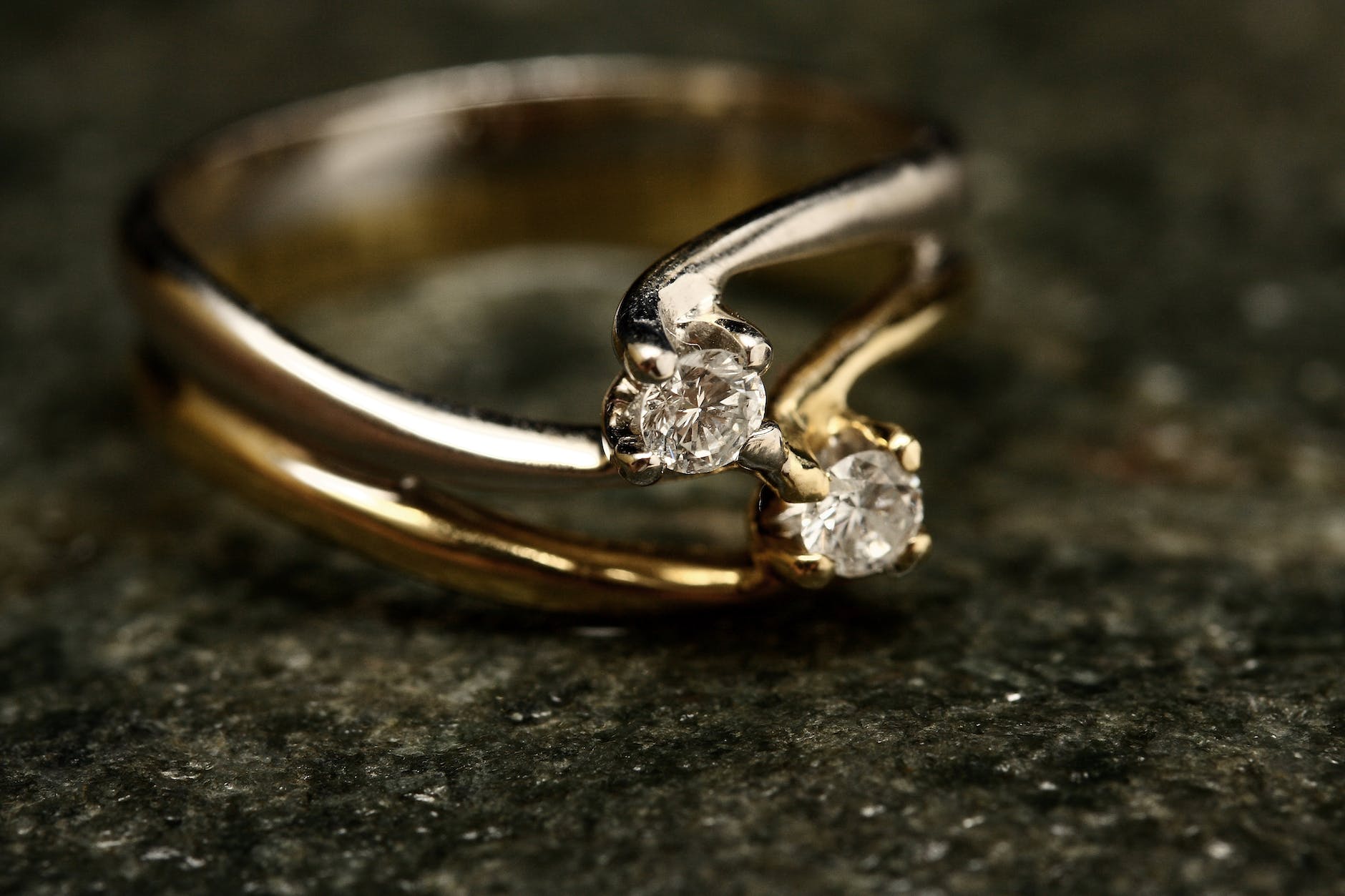 iamonds have long captivated the human imagination with their beauty, brilliance, and enduring value. However, recent advancements in technology have introduced lab-grown diamonds as an alternative to naturally occurring diamonds. In this article, we will explore the key differences between lab diamonds and natural diamonds. By examining their formation, characteristics, and ethical considerations, we aim to provide a comprehensive understanding of these two types of diamonds.
iamonds have long captivated the human imagination with their beauty, brilliance, and enduring value. However, recent advancements in technology have introduced lab-grown diamonds as an alternative to naturally occurring diamonds. In this article, we will explore the key differences between lab diamonds and natural diamonds. By examining their formation, characteristics, and ethical considerations, we aim to provide a comprehensive understanding of these two types of diamonds.
Formation: Unveiling the Origins
- Natural Diamonds: Millions of Years in the Making
Natural diamonds are formed deep within the Earth’s mantle under intense heat and pressure over millions of years. Carbon atoms crystallize under these extreme conditions, resulting in the creation of diamonds. Volcanic activity then brings these precious gems to the Earth’s surface, where they can be mined.
- Lab Diamonds: Cultivating Brilliance
In contrast, lab-grown diamonds are created in a controlled laboratory environment through a process known as Chemical Vapor Deposition (CVD) or High Pressure-High Temperature (HPHT). These methods simulate the natural diamond formation process by exposing a carbon source to high temperatures and pressure. Over a span of weeks or months, carbon atoms gradually build up and form a diamond crystal.
- Differences in Origins
The key distinction lies in their origins. Natural diamonds are products of geological processes, while lab diamonds are meticulously cultivated in laboratories. The growth process of lab diamonds allows for more precise control over their characteristics, including color and clarity.
Characteristics: Evaluating the Differences
- Chemical Composition and Physical Properties
Both natural and lab diamonds have the same chemical composition, consisting of pure carbon atoms arranged in a crystal lattice structure. This similarity results in similar physical properties, such as exceptional hardness, refractive index, and thermal conductivity.
- Clarity and Color
Natural diamonds exhibit a wide range of clarities and colors due to the presence of impurities and structural defects formed during their natural formation. On the other hand, lab diamonds tend to have fewer impurities, leading to a higher likelihood of achieving higher clarity grades. Additionally, lab diamonds can be created with specific color specifications, offering a wider range of color options compared to natural diamonds.
- Rarity and Size
One of the most significant differences between natural and lab diamonds lies in their rarity. Natural diamonds are limited in supply and require extensive mining efforts to obtain. As a result, larger natural diamonds are relatively rare and command higher prices. In contrast, lab diamonds can be cultivated in larger sizes with greater ease, making larger carat weights more accessible to consumers.
Ethical Considerations: Sustainable Alternatives
- Environmental Impact
Mining natural diamonds can have a significant environmental impact, including land disruption, water pollution, and carbon emissions. Lab-grown diamonds, on the other hand, have a lower environmental footprint as they require fewer resources and have a reduced carbon footprint.
- Conflict-Free Origins
One of the ethical concerns associated with natural diamonds is the issue of conflict diamonds, also known as blood diamonds, which are sourced from regions associated with armed conflict and human rights abuses. Lab-grown diamonds offer a conflict-free alternative, providing consumers with assurance that their diamonds are not contributing to unethical practices.
- Pricing and Accessibility
Lab-grown diamonds often offer more affordable pricing compared to natural diamonds of similar quality. This accessibility appeals to consumers seeking a budget-friendly option without compromising on the brilliance and visual appeal of a diamond.
Conclusion: A Matter of Personal Preference
In the end, the choice between lab-grown diamonds and natural diamonds boils down to personal preference and individual priorities. While natural diamonds possess the allure of rarity and a geological history millions of years in the making, lab diamonds offer sustainability, customization, and ethical peace of mind. Understanding the differences between the two empowers consumers to make an informed decision that aligns with their values and desires.
As the diamond industry continues to evolve, lab-grown diamonds have emerged as a compelling alternative to natural diamonds. Whether one chooses the timeless beauty of a natural diamond or the sustainable allure of a lab-grown diamond, the enduring allure of these magnificent gemstones remains unchanged.
Avid Writer with invaluable knowledge of Humanity!
Upcoming historian with over 30 million views online.
“You make your own life.”





